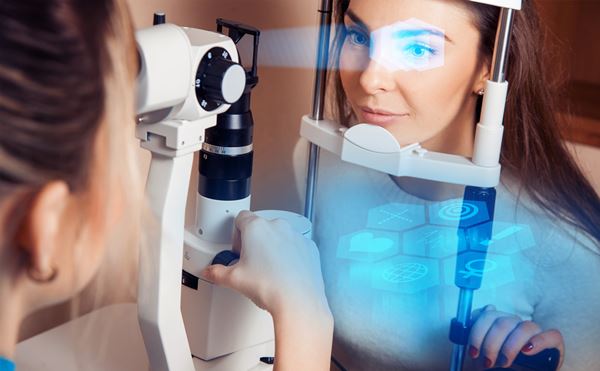
Stem cells have the potential to treat a wide variety of degenerative conditions, including cerebral palsy, Alzheimer’s disease, and macular degeneration. One of the hurdles faced by researchers is ensuring that stem cells survive long enough to repair the body after they have been transplanted.
Researchers from the United States have just made a breakthrough that will increase the longevity of stem cells in vision therapy. They managed to restore vision in blind mice after giving them new photoreceptors that were grown from human stem cells. The researchers had to temporarily block the immune system response of the mice before transplanting the cells.
Researchers have previously used stem cells in vision therapy, but often struggle at getting the cells to travel to the right location within the eye. This breakthrough may have implications for other stem cell procedures that aim to restore the function of the eye.
The research was published in the journal Cell Stem Cell. It highlights the importance of addressing the potential immune system rejection of cells before a transplant. Once the immune system of the mice was suppressed the photoreceptor cells were able to successfully merge with the tissue of the eye.
Senior author of the research paper, Dr. Deepak Lamba, explains the importance of these findings: “This turned into a nice story of long-term restoration of vision in completely blind mice. We show that these mice can now perceive light as far out as 9-months following injection of these cells.”
Photoreceptors are a type of specialised neuron that converts light into electrical signals that the brain can understand. There are a variety of degenerative eye conditions that damage or destroy photoreceptors. This new research may completely transform the use of stem cells in vision therapy.
Source: Improving longevity of functionally integrated stem cells in regenerative vision therapy
{{cta(‘010124f3-c9bc-4a23-b9fc-74953e6288c9’)}}

